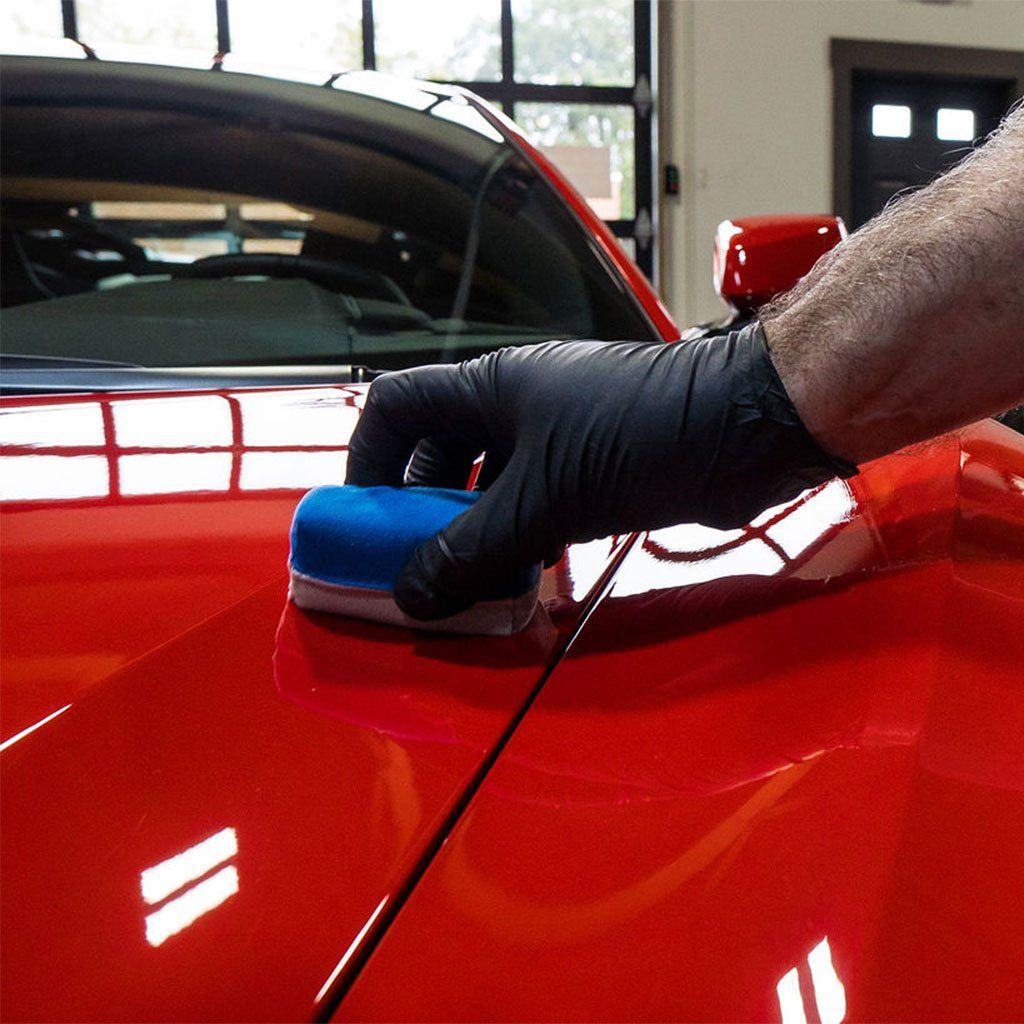By SEO Team
•
May 25, 2025
Proper preparation is essential when refreshing your vehicle’s appearance or applying paint protection. Contrary to common belief, effective coating involves more than just a basic wash and application. It requires a series of meticulous steps—cleaning, inspection, and a controlled environment—to ensure optimal bonding and durability. Overlooking these details can compromise results, while a well-executed prep process leads to a longer-lasting, professional-quality finish. Professionals understand that one of the most critical mistakes to avoid is skipping proper paint preparation, which includes thorough cleaning with pH-neutral soap and the use of clay bars and iron removers. Additionally, neglecting to apply in optimal environmental conditions—specifically maintaining temperatures between 50 and 80°F—can lead to poor adhesion and uneven application of the ceramic coating. Key Vehicle Coating Prep Mistakes The quality and longevity of a ceramic coating depend heavily on how well the vehicle is prepared beforehand. Surface preparation is not just a preliminary step—it is the foundation upon which the coating's performance is built. Overlooking or mishandling this phase can lead to compromised adhesion, diminished appearance, and premature product failure. Below are the most common preparation mistakes professionals aim to avoid in order to ensure flawless, lasting results: Insufficient Decontamination: One of the most common and damaging oversights is failing to properly decontaminate the vehicle’s surface. Basic washing is not enough; contaminants such as road tar, brake dust, old waxes, and embedded pollutants must be completely removed. These substances can interfere with the bonding process, causing the coating to adhere unevenly or fail prematurely. Thorough decontamination using appropriate chemical agents and clay bars is essential to create a clean, receptive surface. Skipping Paint Inspection: Before applying any coating, a comprehensive inspection of the vehicle’s paintwork is critical. Surface defects may seem minor but will remain visible beneath the coating, detracting from the final finish. Worse, applying a coating over these imperfections can lock in damage, making it harder to correct later. Proper paint correction and defect removal are necessary to achieve a smooth, flawless result. Inadequate Drying Time: Rushing the drying process after washing and decontamination is a frequent mistake that can undermine the entire application. Residual moisture trapped in seams, trim areas, or panel gaps can interfere with coating adhesion and may result in bonding failure, hazing, or even mildew growth over time. Professional standards require thorough drying using microfiber towels, air blowers, and ample time to ensure every surface is completely moisture-free. Using Incompatible Products: Applying a ceramic coating with cleaning or prep products that are not chemically compatible is a critical error. Harsh or acidic cleaners can strip or etch the paint, while some solvents may react poorly with the coating itself. Such reactions can lead to uneven curing, discoloration, or reduced protective performance. It is vital to use high-quality, system-matched products that are tested to work together. Ignoring Environmental Conditions: The ambient environment plays a pivotal role in the success of a coating application. High temperatures can cause the coating to flash (dry) too quickly, leading to high spots and streaks. Conversely, low temperatures or high humidity can slow down curing, increase the risk of hazing, or result in poor film formation. Industry professionals recommend applying coatings in a controlled space with temperatures between 50°F and 80°F (10°C to 27°C) and stable humidity levels. Achieving a high-quality, durable coating begins long before the first drop of product is applied. Each stage of preparation—from decontamination and inspection to drying and environmental control—plays a crucial role in the success of the outcome. By recognizing and avoiding these common mistakes, professionals can deliver superior results that protect the vehicle's finish and enhance its appearance for years to come.

